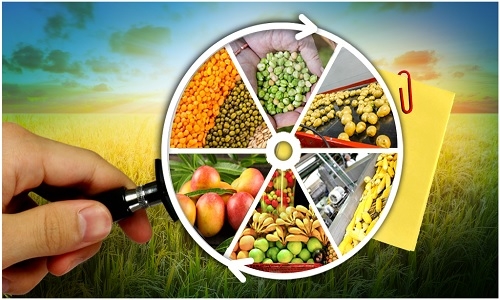The growing trend of ready-to-eat products is driving significant growth in the agricultural processing industry. Recognizing this shift, the double-engine government, led by Prime Minister Narendra Modi and Chief Minister Yogi Adityanath, is actively promoting food processing, positioning Uttar Pradesh, a largely agrarian state, to reap the greatest benefits.
India’s agricultural exports are steadily rising. In 2019–20, exports stood at $35 billion, which surged to $51 billion by 2024–25, with fruits and vegetables accounting for the largest share. The central government has devised a comprehensive strategy to further boost this growth by identifying approximately two dozen export-worthy products and their target markets. To reduce logistics costs, sea routes are being prioritized for exports.
9 agro-climatic zones
Uttar Pradesh stands out as the biggest beneficiary of these developments. It leads the country in the production of potatoes, sugarcane, wheat, mangoes, and a range of vegetables. The state’s agricultural potential continues to grow, supported by a robust combination of resources: over 56% of the population comprises youth, most agricultural land is irrigated, and its nine agro-climatic zones enable the cultivation of a diverse range of crops.
Chief Minister Yogi Adityanath often emphasizes that nature and divine grace have blessed UP with the potential to become India’s food basket. By combining tradition with modern practices, UP’s agricultural output can increase fourfold.


